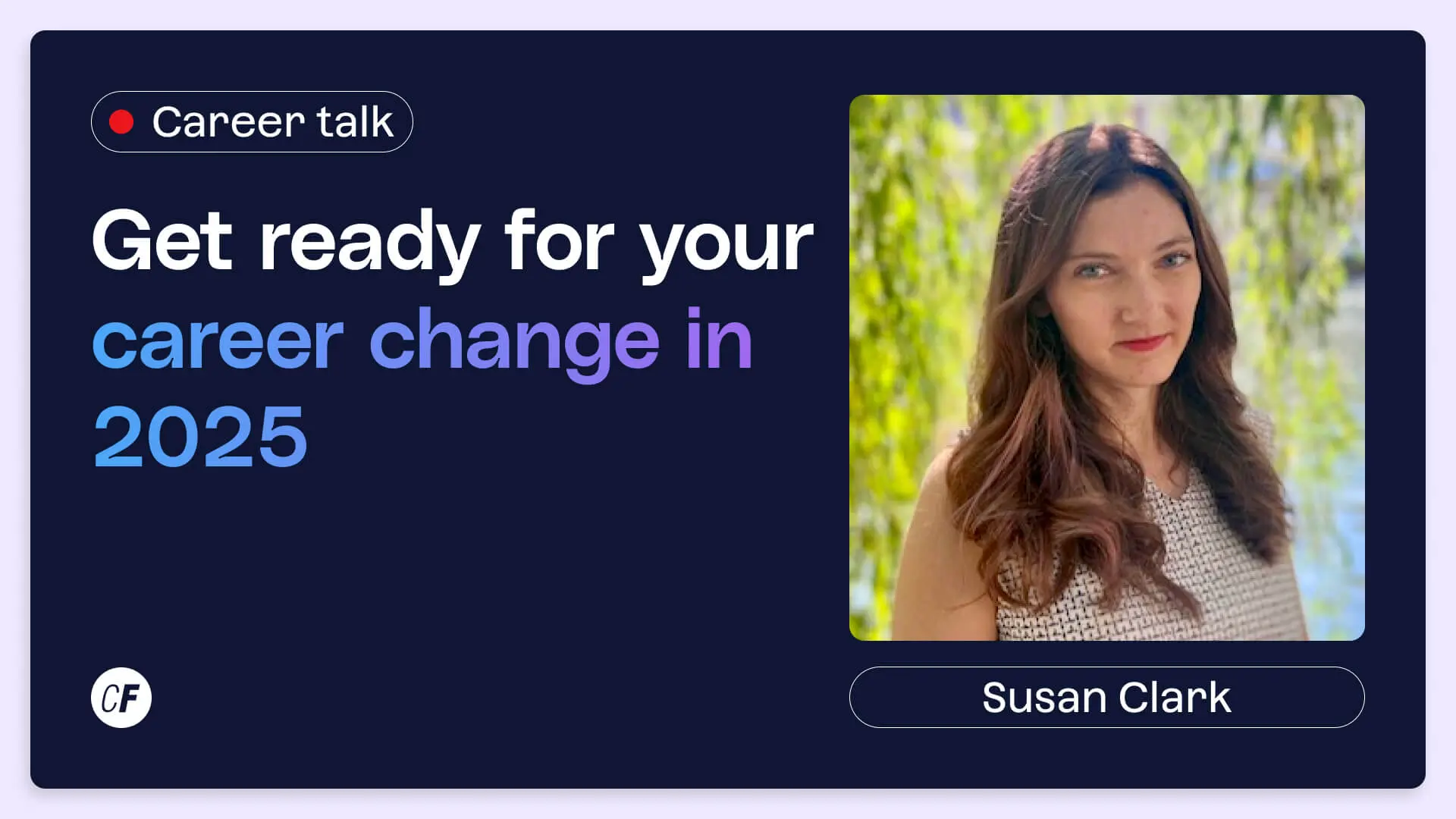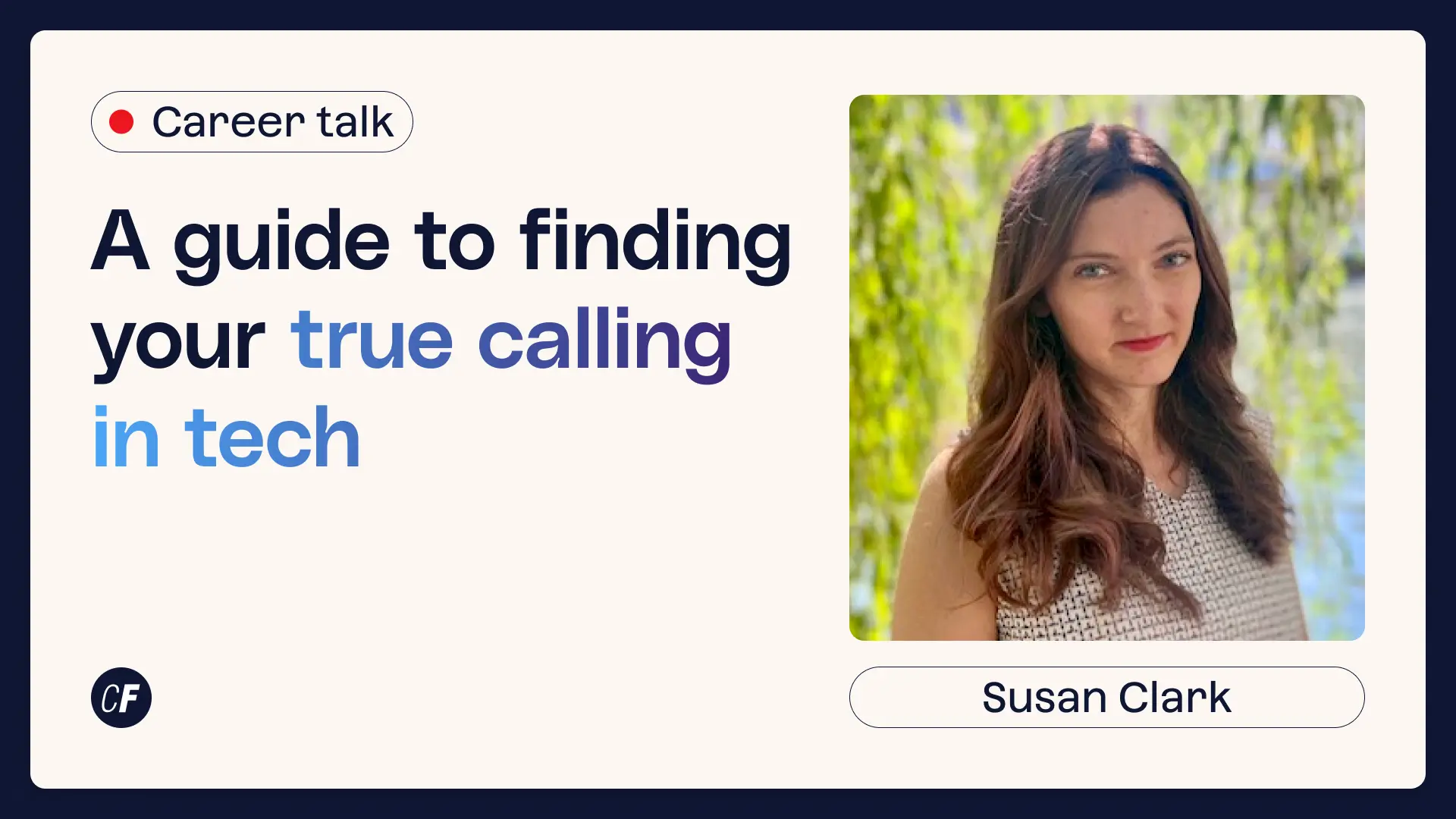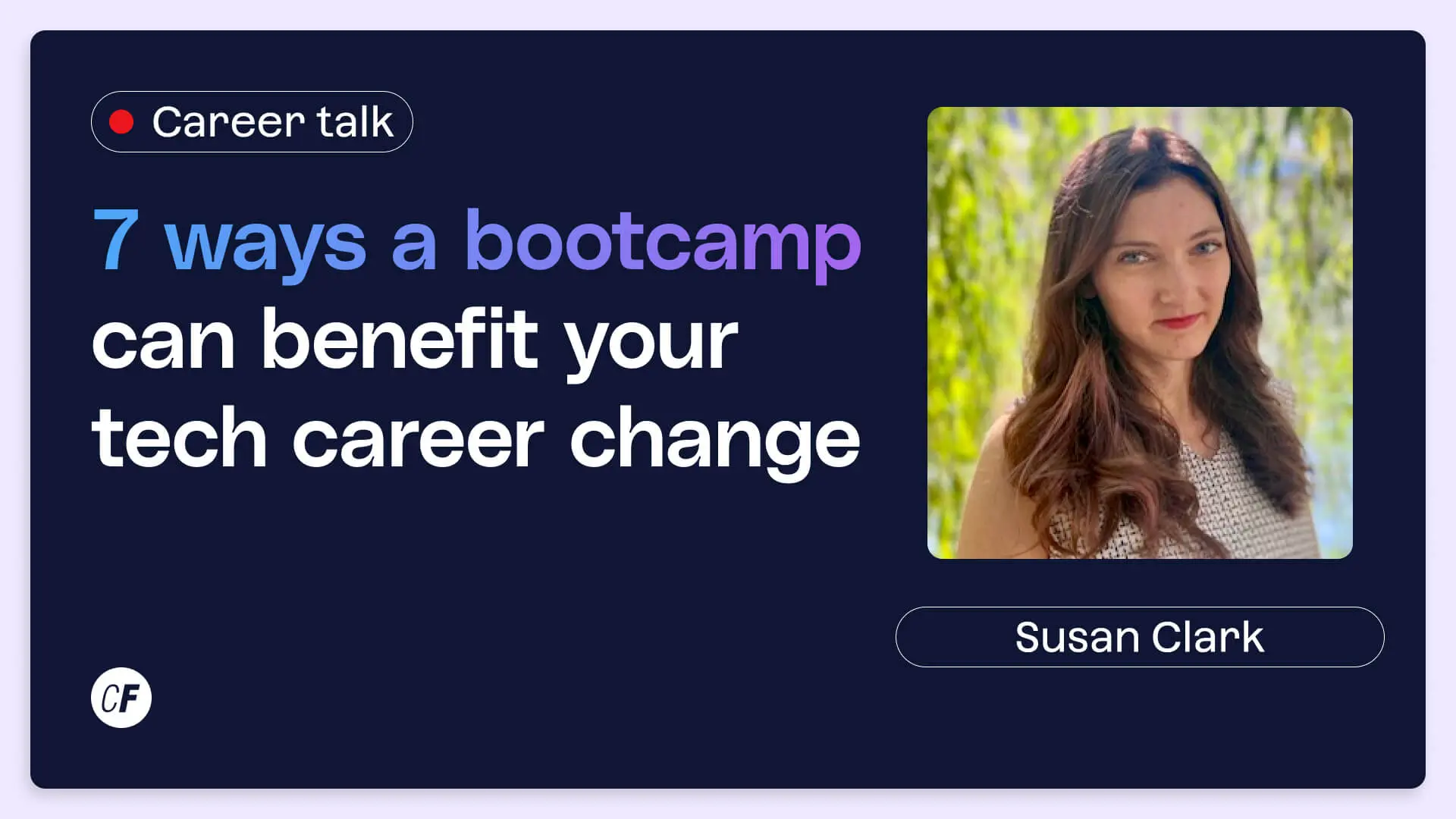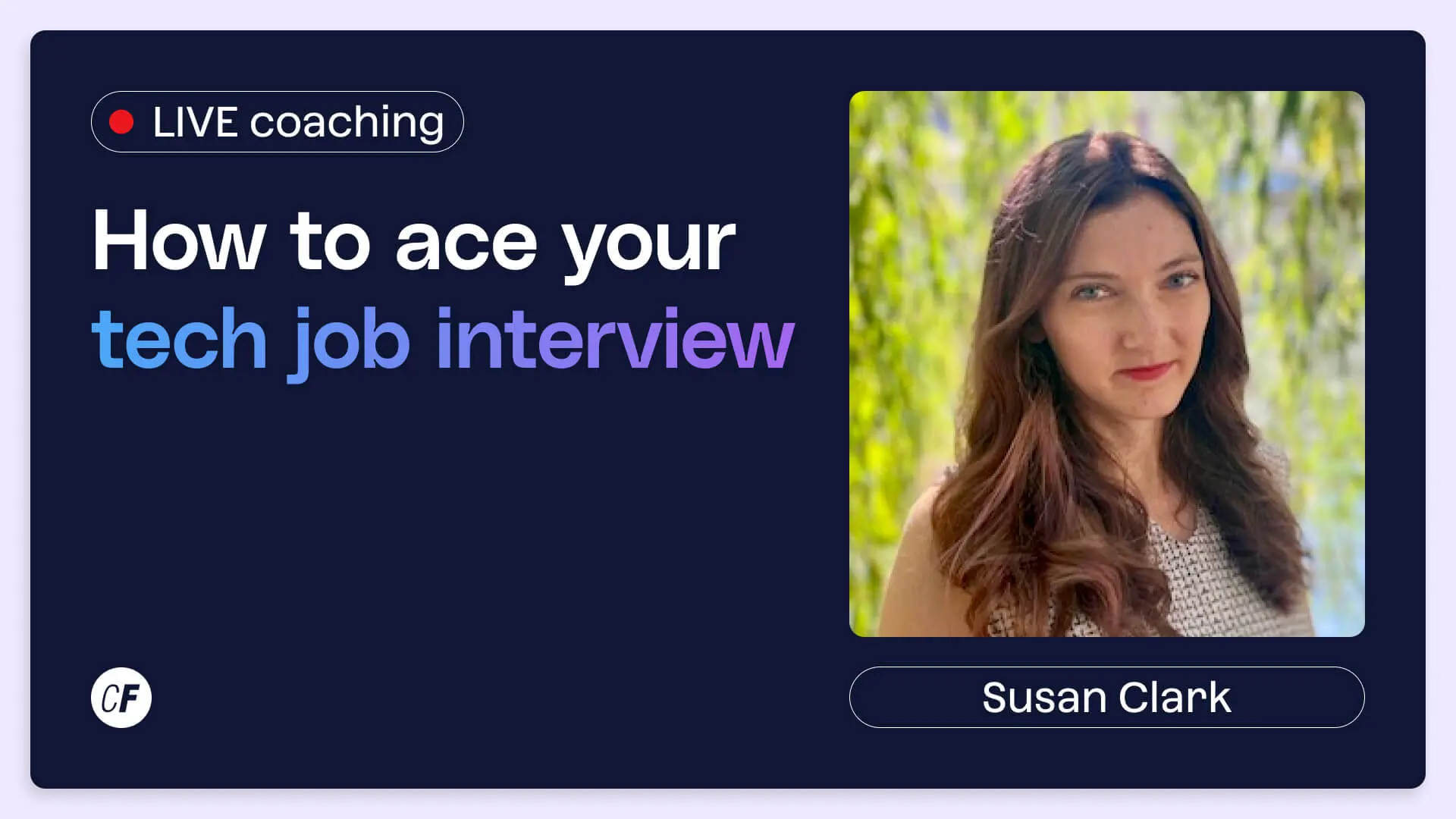Designing To Include
Inclusive design is the practice of actively and intentionally designing products and experiences that are welcoming to a broad(er) spectrum of humanity. But what does that look like, exactly? Let’s take a quick look at what this important practice is (and isn’t), and an overview of how to do inclusive design.
First, what it’s not: Inclusive design is not a one-time thing that you can outsource and then check off a list. It’s also not an impossibly complicated and “sensitive” thing that we should avoid, simply because we’re afraid it will take too much time, cost too much money—or that we’ll do it wrong.
So what is inclusive design? Inclusive design is an actively cultivated mindset and an ongoing and intentional process. More often than not, inclusion doesn’t happen by accident. If we don’t intentionally include, we risk unintentionally excluding.
In her book Mismatch: How Inclusion Shapes Design, Kat Holmes writes that “the default state for most organizations is a cycle of exclusion.”
Exclusion, by nature, prioritizes the needs of a few over the needs of the rest! And it takes intentional effort to break that habit and create products and experiences that are inclusive. And that itself is a learning process that only starts when we start working to be more inclusive.
And how do you do inclusive design? Here’s a brief overview of five ways you can start designing more inclusively right now:
- Check your ego at the door. This is a learning process. You don’t know what you don’t know, and you’re bound to make mistakes. So you’ll do what you do best: Learn from your mistakes, and iterate to do better next time.
- Abandon the myth of the “average user.” An average user doesn’t exist. Our users are people who change over time and who live their lives in a world that changes around them—just like us.
- Identify and challenge your assumptions. While it’s true that you don’t know what you don’t know, it’s also true that you can pause to reflect on your product and see what the design assumes about it’s users. What if those assumptions are false?
- Research, research, research. Then research some more! This guide will be helpful: How to Conduct Inclusive UX Research
- Test and get feedback from a broader spectrum of people. The more diverse your pool of users for research and usability testing, the more inclusive your product is likely to be.
Now that you know how to do inclusive design, remember that inclusion matters in the language you use throughout the customer experience as well! Check out this guide to learn more: The Ultimate Guide to Inclusive UX Writing
Featured presenters

Vale Querini
UX consultant
Vale is a UX consultant with a passion for thoughtful digital products and services that welcome and value everyone. They believe that in order to shape a better, more inclusive world, we need designers who understand the power and responsibility that comes with their role. They've worked in the innovation space of industries such as urban mobility, fashion e-commerce, and private search technology. They mentor UX students at CareerFoundry and teach design thinking to newcomers at ReDI School.








